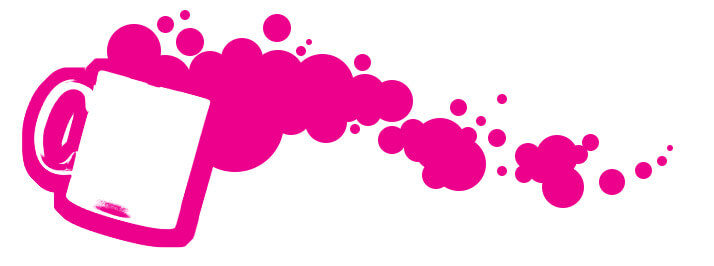A fresh egg rapidly sinks and lies flat on its side in cold water. And if it's laced with heavy metal? Unfortunately, most food analysis requires significantly more sophisticated instrumentation than a water-filled bowl. New York State Department of Health Research scientist Henry Spliethoff recently discovered lead in urban-farmed eggs. “I collaborated with chemists at the NYS Department of Agriculture & Markets Food Laboratory. We homogenized the edible portion of whole eggs, digested with nitric acid and hydrogen peroxide and analyzed using inductively coupled plasma mass spectrometry [Agilent 7500 CX ICP-MS],” says Spliethoff. The work was a component of Healthy Soils, Healthy Communities, a drive to identify foodstuffs contaminated by urban soils. The full report will be published later this year, but the New York Times reported that, of 58 eggs tested, 28 contained lead in concentrations of 10–73 ppb, with one hitting over 100 ppb. Safe limits for lead are generally assessed on a case by case basis, but the US Environmental Protection Agency’s guidance on tap water states that if more than 10% of samples exceed 15 parts per billion, action must be taken. goo.gl/eEDaK.
Arsenic-Laced Rice
Arsenic has also hit the headlines, having been shown to be present in many different rice products. Chickens again (or rather chicken farmers) may be to blame. Consumer Reports, a nonprofit and independent US organisation, recently raised the alarm about levels of both inorganic and organic arsenic found in rice products. Total arsenic content was measured using inductively-coupled plasma dynamic reaction cell mass spectrometry (ICP-DRC-MS), with arsenic species (As(III), As(V), DMA and MMA) elucidated through the addition of ion chromatography. Meanwhile, the US Food and Drug Administration is in the middle of its own analysis, with FDA Deputy Commissioner for Foods Michael Taylor stating: “It is critical to not get ahead of the science […] The FDA's ongoing data collection and other assessments will give us a solid scientific basis for determining what action levels and/or other steps are needed to reduce exposure to arsenic in rice and rice products.” goo.gl/zRgNm goo.gl/g2xinBubble Tea Bust-Up
After the shock of lead and arsenic in your egg-fried rice, you may need to sit down with a nice cup of tea. Initial claims of carcinogenic agents in ‘bubble tea' by Manfred Möller from the Institute of Hygiene and Environmental Medicine at the University Hospital Aachen have, perhaps unsurprisingly, been disputed by Possmei Corporation, a Taiwanese manufacturer of the tapioca pearls used in the beverage. Chinese media reports that retests on bubble teas by German authorities were also clear of carcinogens. goo.gl/1Ilsm
Leaden Eggs
A fresh egg rapidly sinks and lies flat on its side in cold water. And if it's laced with heavy metal? Unfortunately, most food analysis requires significantly more sophisticated instrumentation than a water-filled bowl. New York State Department of Health Research scientist Henry Spliethoff recently discovered lead in urban-farmed eggs. “I collaborated with chemists at the NYS Department of Agriculture & Markets Food Laboratory. We homogenized the edible portion of whole eggs, digested with nitric acid and hydrogen peroxide and analyzed using inductively coupled plasma mass spectrometry [Agilent 7500 CX ICP-MS],” says Spliethoff.The work was a component of Healthy Soils, Healthy Communities, a drive to identify foodstuffs contaminated by urban soils. The full report will be published later this year, but the New York Times reported that, of 58 eggs tested, 28 contained lead in concentrations of 10–73 ppb, with one hitting over 100 ppb. Safe limits for lead are generally assessed on a case by case basis, but the US Environmental Protection Agency’s guidance on tap water states that if more than 10% of samples exceed 15 parts per billion, action must be taken. Further information




